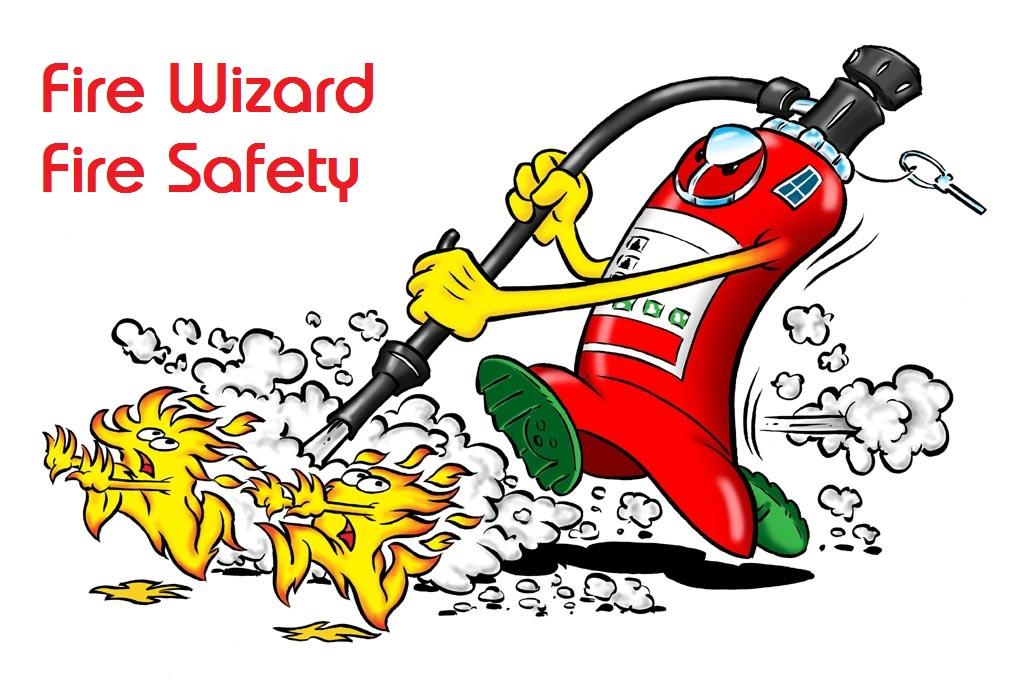-
Posts
2,564 -
Joined
-
Last visited
Everything posted by AnthonyB
-
See a property lawyer. It may be that the freeholder has the option of giving retrospective consent or making you restore the original configuration and that right usually is separate completely from whether the work is compliant or not.
-
Stair vent manual controls should ideally be at fire service access level (some lazy installers put it at the stair head) and lobby vent controls in each lobby. Sounds like the system is configured dangerously wrongly if all lobby vent doors open - I suggest you try the following: Quick guide to checking whether your smoke shaft system operates in this manner: Actuate a lobby or corridor detector; Check that the shaft AOV opens only on that floor and the damper at the top of the shaft (likewise the base of the shaft if provided); Without resetting the system proceed to another floor and repeat the test, nothing should happen i.e. no other AOV should open; Repeat as you feel necessary, to ensure have a good sample; Without resetting the system, find a manual override switch for another floor AOV (associated with the same shaft) and activate it, again nothing should happen; Have the system reset, any AOVs that opened should now close; Finally check all AOVs are close fitting and if they are fire door type, check the adequacy of the intumescent strips and smoke seals.
-
Depends on the building, the defects, the extent of the listing (in G2 it's often the building façade only) etc as to whether the existing doors can be accepted, upgraded/repaired or replaced.
-
It depends on the size and layout of the flats - if the assessor correctly applies the current accepted guidance then in many blocks existing notional doors are acceptable. A sample of doors should have been inspected as by the 1980's Intumescent strips were the norm - if not visible they could be the type of fire door where the strip is hidden behind the lipping (the door would have a marker plus to indicate this). If your block is quite large and through the guidance would require the upgrading of existing doors or the complete replacement of the door set then this normally falls down to the leaseholder - because of the risk to communal parts the freeholder is still responsible for getting the leaseholder to comply, in extreme cases the freeholder should seek enforcement through the Housing Act via the local authority. Currently the front doors are relevant to the common space and the freeholder's risk assessment even though control rests with the lease holder, but this isn't set clearly in the current legislation so the Fire Safety Bill seeks to be more explicit with two clauses that firstly make the freeholder responsible for assessing the doors in risk assessments (as well as all balconies and external structure) and secondly responsible for annual inspection of flat front doors. These clauses do not remove the current leaseholder's liability for effecting repairs & replacement; however a third addition that had been removed, but has been put back in by the House of Lords, that protects leaseholders from fire safety costs relating to the Bill (with the exception of where they also are part owners as is the case where Right to Manage has been effected and the freehold is owned and managed by the leaseholders via a TMC). The legislation is still in 'ping pong' between the Commons & Lords so there is still time for things being removed and added before enactment. Whether the leaseholder occupies the flat or lets it out is largely irrelevant to fire safety matters under the FSO and usually affects internal fire safety requirements under housing legislation.
-
There needs to be a 'competent person' nominated, but it doesn't have to be (& rarely is) a full time role, often added to existing roles - HR, Facilities Management, Health & Safety, etc
-
The law only requires someone to be 'competent'. Guidance recommends the use of qualified and ideally independently certified assessors for complex premises, but this isn't mandatory (although the law is likely to change later in the year for High Rise Residential Buildings making the use of certain professionals mandatory) The Fire & Rescue Service are the primary enforcer (with a few exceptions) of fire safety legislation and have a routine enforcement audit programme based on the risk category of premises, as well as reactive audit post fire or public complaint.
-
Unless your block doesn't meet the required fire safety standards for a stay put policy (i.e. built before the 60's or is a conversion before 1991 or has several critical defects) then there is no requirement for a communal fire alarm system for full evacuation which is when heat detectors and sounders off a communal system would be required inside each flat. If such a system is required it sounds like the leaseholders are being charged a proportion of the overall cost of the whole system rather than just the addition of points into their flat unless wire free equipment is being used. Your lease terms would dictate how the freeholder can act regarding costs, usually 2 or 3 quotes are required and certain service charge additions have to be approved by leaseholders - also as this is not repair the freeholder may not be able to go ahead like this - sometimes leaseholders have taken cases to tribunals regarding fire doors and similar fire precautions. This aspect is property law though and outside my speciality.
- 34 replies
-
- flats
- self contained
-
(and 1 more)
Tagged with:
-

Fire Evacuation - Alerting adjoining premises advice.
AnthonyB replied to a topic in Evacuation Plans
If the building is only that old it will have been built with the correct compartmentation so that the retail unit does not need to alert the flats who can safely stay put. -
Depending on the type of system proposed you could have the main panel in the basement with a much more compact and discreet passive repeater panel that imply details the location of the fire/activation near the entrance. Eg - full size panel repeater panel (about 25% of the size)
-
You should find out what you need here: https://www.cieh.org/media/1244/guidance-on-fire-safety-provisions-for-certain-types-of-existing-housing.pdf
-
You can if you wish, you should have an on call keyholder as well if possible. Check your brigade's policy as some will not reset systems for premises any more.
-

Fire Doors within Flats (not Flat Entrance)
AnthonyB replied to Graham Kilpatrick's topic in Fire Doors and Accessories
I would say so, yes. -
Glazing in fire doors isn't a problem, you may be better trying a fire door specialist firm. There is no freeze on fire doors, just that after Grenfell there were some issues with composite fire doors, but you can still get suitable fire doors. Suitable companies here: https://firedoors.bwf.org.uk/publication/2020-fire-door-scheme-directory/
-
Sounds a H&S issue with several items of legislation potentially breached - the Local Authority would enforce H&S in these premises, it may be worth talking to your local Environmental Health on the matter.
-

Fire Evacuation - Alerting adjoining premises advice.
AnthonyB replied to a topic in Evacuation Plans
If it's 60 minutes separation, which concrete beams and slab floor indicates, then that is satisfactory as per Building Regulations (then & now) and so that is why there have never been linked alarms. The development will probably be to Approved Document B, as this is still more common with smaller developments and BS9999/9991 weren't around, just the BS5588 series. I'd be happy based on your description unless there was some horrendously poorly (or not) sealed service penetrations between floors -

How do I know if my CO alarm went off because of Carbon Monoxide?
AnthonyB replied to a topic in Carbon Monoxide Alarms
https://www.gassaferegister.co.uk/ -

Fire Evacuation - Alerting adjoining premises advice.
AnthonyB replied to a topic in Evacuation Plans
If there is the correct fire separation between the shop & flats there is no reason to notify the flats above as they will not be affected by the fire during the time you remain responsible for the premises if even affected at all - the same applies for the adjacent retail unit. Only if the fire separation is inadequate or escape routes shared would there need to be warning throughout the premises and this would have to be in the form of linked fire alarm systems throughout the premises. If you are using a competent fire risk assessor for your premises they should have considered this in the fire risk assessment as the occupiers above would be relevant persons affected by a fire in the area under your control. -

Intumescent door seal & intumescent brush seal
AnthonyB replied to NICHOLAS's topic in Fire Doors and Accessories
Either remove and replace or use a separate surface mounted smoke seal, the former being preferred. -
Not usually.
-

Fire Doors within Flats (not Flat Entrance)
AnthonyB replied to Graham Kilpatrick's topic in Fire Doors and Accessories
In England/Wales you would be expected to see FD20 doors internally other than the bathroom, with no self closers. As FD20 doors aren't made sometimes an FD30 door will be fitted without the intumescent seal - other times they just put in a standard FD30 with intumescent seals. I would expect similar in Scotland -
Yes they are - they are taking about them being an ignition & combustible materials risk in an escape route, which is not permitted as oppose to just a physical obstruction.
-
If it requires a code to get in, but not to get out it's OK. If a code is required to escape it isn't
-

Fire Doors within Flats (not Flat Entrance)
AnthonyB replied to Graham Kilpatrick's topic in Fire Doors and Accessories
See https://www.gov.scot/publications/building-standards-technical-handbook-2019-domestic/2-fire/2-0-introduction/ Standards change over time - depending on the age of the flat a different specification would apply and be acceptable as building standards aren't retrospective if not carrying out work that comes under them. -
LACORS is quite old and any modern conversion that went through the correct Building Control process should have equal or greater standards in place in any case (& as part of the Building Regulation 38 requirements include a fire strategy plan). If it doesn't meet even LACORS standards then I'd wonder about whether the original conversion was into 4 bed single family flats with a further change to HMO use added later.
-
In theory yes, but of course there is the risk of hours changing in future - if there is enough width to include a passenger gate in the sections of fence either side this would future proof the work.

